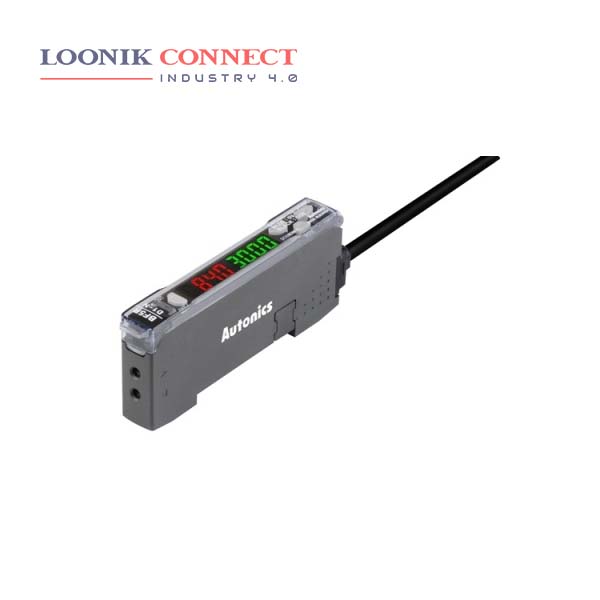A fiber-optic sensor is a sensor that uses optical fiber either as the sensing element (“intrinsic sensors”), or as a means of relaying signals from a remote sensor to the electronics that process the signals (“extrinsic sensors”). Fibers have many uses in remote sensing. Fiber-optic sensors are optical sensors based on fiber devices. They are often used for sensing temperature and/or mechanical stress.
Optical fibers can be used as sensors to measure strain, temperature, pressure and other quantities by modifying a fiber so that the quantity to be measured modulates the intensity, phase, polarization, wavelength or transit time of light in the fiber. A Photoelectric Sensor consists primarily of an Emitter for emitting light and a Receiver for receiving light. When emitted light is interrupted or reflected by the sensing object, it changes the amount of light that arrives at the Receiver.
The Receiver detects this change and converts it to an electrical output. The main difference between a sensor and a microsensor is that the sensor code is executed in a process outside the IBM. SensorRM process, while the microsensor code is executed inside the IBM. MicrosensorRM process. This creates a distinctly different paradigm when writing microsensors. A photosensor is a type of electronic component that enables the detection of light, infrared and other forms of electromagnetic energy.










